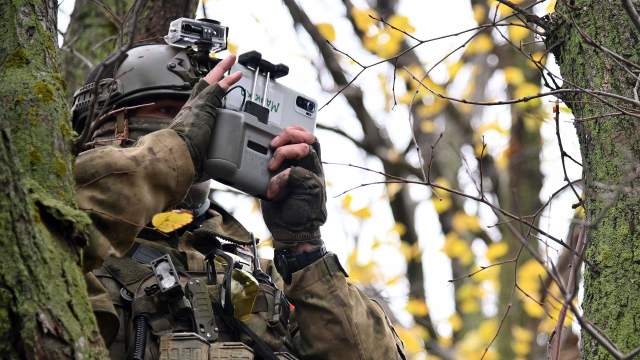What will happen if we combine ultra-high-altitude aircraft and strike weapons systems
In the interests of the Russian Defense Ministry, a new reconnaissance and strike complex is being developed, sources of Izvestia recently reported. It should combine stratospheric reconnaissance aircraft and strike weapons systems. Similar systems already exist in the United States and are being created in other NATO countries. Izvestia investigated what opportunities this type of weapon provides in modern armed conflicts and how they can strengthen the Russian armed forces.
Intelligence protocols
The term "reconnaissance and strike complex" (RUK) appeared in military textbooks in the first half of the 1980s. Then they wrote about this novelty as a kind of exotic, which the NATO military is beginning to use. Such a complex was understood as an automated combination of reconnaissance means with shock weapons — missile, aviation, artillery.
The idea was quite simple: intelligence systems detect targets in the depth of the enemy's defense, transmit information about them to strike complexes and they destroy the enemy.
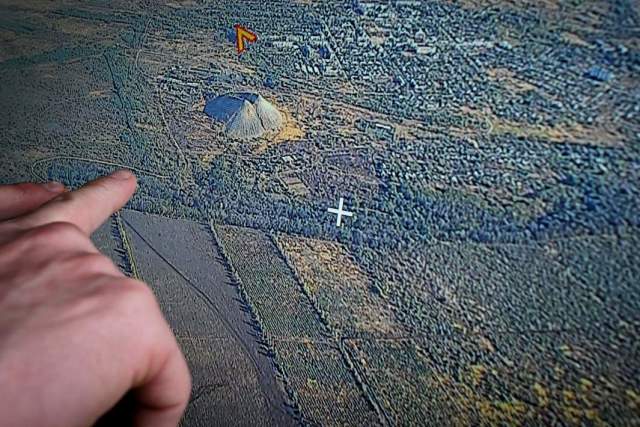
Photo: RIA Novosti/Stanislav Krasilnikov
Image source: iz.ru
In the reality of that time, it was not easy to implement such a heterogeneous bundle.
First, it is necessary to detect and identify the target — to determine that it is a military, not a civilian object. This task imposed certain requirements on the capabilities of detection equipment — radars and optoelectronic systems.
Secondly, we need to look as far as possible behind the front line. Thirdly, to prioritize goals — this is usually done by headquarters, but the HANDS do not have time to wait for the decision of staff specialists-operators.
Accordingly, certain rules and protocols for ranking targets according to the importance and urgency of their defeat should be adopted. Next, it is necessary to transmit information about them to the shock complexes. And those, in turn, must accept this data without distortion and use it to guide their firepower.
Taking into account the fact that already in the 1980s information was beginning to become digital, it was necessary to ensure its transmission, reception and processing by a variety of consumers - command and staff vehicles, missile launchers, bomber aircraft and missile carriers, ships and missile boats. And all this required a rather serious modernization of all the components of the future HANDS.
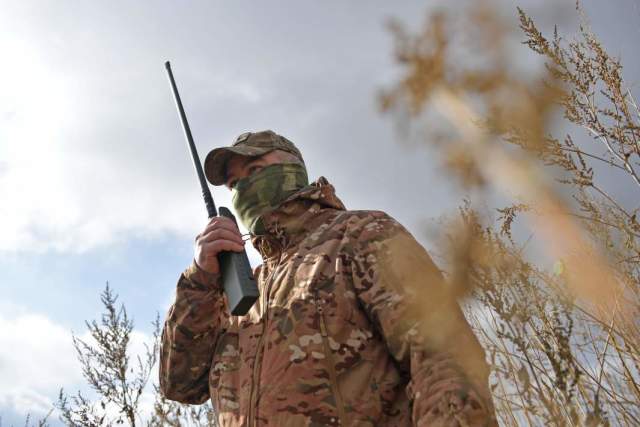
Photo: RIA Novosti/Pavel Lisitsyn
Image source: iz.ru
In 1986, in the USA, the PLSS arm was created, which was supposed to hit objects detected by long-range radar surveillance aircraft at a range of up to 500 km. The full composition of this complex provided air strikes by hundreds of Air Force aircraft with the issuance of target designation almost in real time.
The later HAND "Jisak" was first used during Operation Desert Storm in Iraq in 1991. In it, the E-8C flying radar reconnaissance and control center acts as a source of information. It detects and identifies targets at a range of 200-250 km in the depth of the enemy's defense. The second component of this ARM is ground—based information processing points, which, in turn, transmit target data to MLRS and HIMARS installations with ATACMS missiles and strike aircraft.
Soviet reserve
Of course, work on this was also carried out in the Soviet Union — in the second half of the 1980s, the Antonov Design Bureau began developing a radar reconnaissance aircraft for ground targets and targeting ground and air assets based on the AN-72 transport.
According to its purpose, the aircraft was an analogue of the American Boeing E-8A J-Stars, which also provided the detection of targets on the ground and the transmission of information about them to strike systems. On the basis of the new AN-72R (scout), it was supposed to create ARMS of the front and army levels.
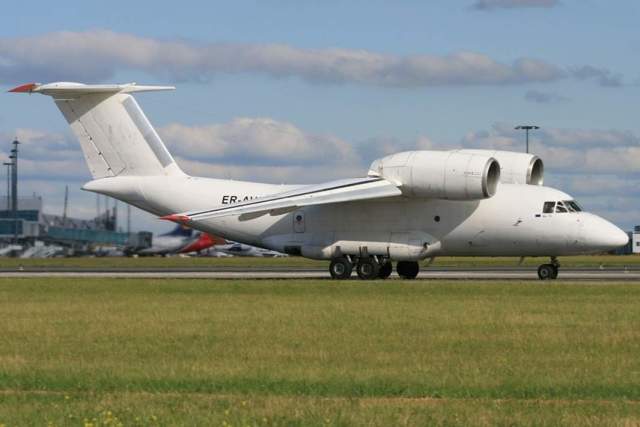
Soviet AN-72 multipurpose transport aircraft
Image Source: Photo: commons.wikimedia.org/Alan Lebeda
The frontline should have included 12 AN-72R. The duty shift in the air included at least three aircraft that provided information about targets to three or even four regiments of strike aviation, and in the future several divisions of ground forces missile systems — then promising Iskander complexes.
The complex was supposed to work on such targets as enemy radars, air defense systems, headquarters, aviation control points and other branches of the armed forces, airfields and helicopter pads.
The army—level arm was distinguished by a smaller outfit of forces and means, as well as simpler types of targets - these are tank columns, batteries of tactical missiles, multiple launch rocket systems and artillery.
Stages of the path
After the collapse of the USSR in the 1990s, work on the creation of arms with the AN-72R was curtailed, but all the developments on the organization of interaction of heterogeneous complexes remained.
Today, the creators of this most complex system have a big bonus: all current missile systems can already receive digital information about targets without any alterations and improvements. It's up to specialized intelligence systems and the organization of information processing and transmission.
And the source of such intelligence information today can be airplanes or drones with a long flight duration — the latter can be in the air for hours, and in the future even days. The UAV has only one limitation — the fuel supply. Work on the creation of aircraft drones with a long duration of flight in Russia is already underway successfully — there is a project "Altius" and others. The question of the universality of such a drone by types of goals and objectives can be solved today by using containers with various kinds of equipment.
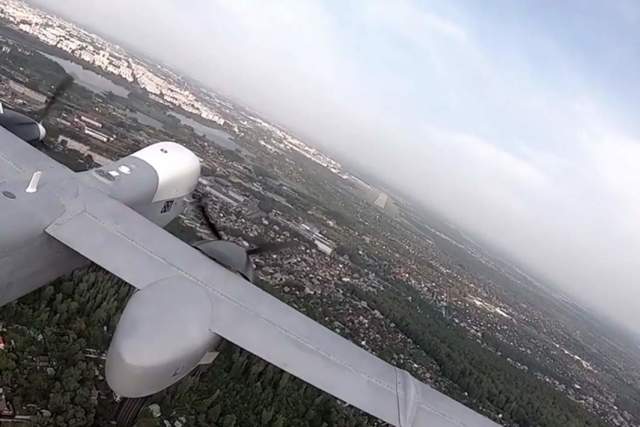
Unmanned aerial vehicle "Altius-U"
Image source: Photo: RIA Novosti/Ministry of Defense of the Russian Federation
Universal containers with UKR-RT, UKR-OE and UKR-RL reconnaissance equipment were created for the aircraft of the Russian Aerospace Forces already in the 2010s. Each of them has its own specifics. RT — radio technical intelligence, that is, the determination of working radio stations and communication systems and thus opening the location of the headquarters and groups of enemy troops. OE is optoelectronic, that is, intelligence using powerful television and infrared surveillance systems. Radar — radar detection — the container is equipped with a side-view radar, during the flight it tracks all ground objects in a strip of several tens of kilometers on the sides of the aircraft in any weather.
Now this component of the future ARM has been tested on a high-altitude aircraft-laboratory M-55 "Geophysics". The goal is to debug the operation of universal container equipment. Apparently, the next stage will be testing containers directly on stratospheric aircraft. It is not far from the military tests of the latest Russian arms. And then — combat work.
Dmitry Kornev
